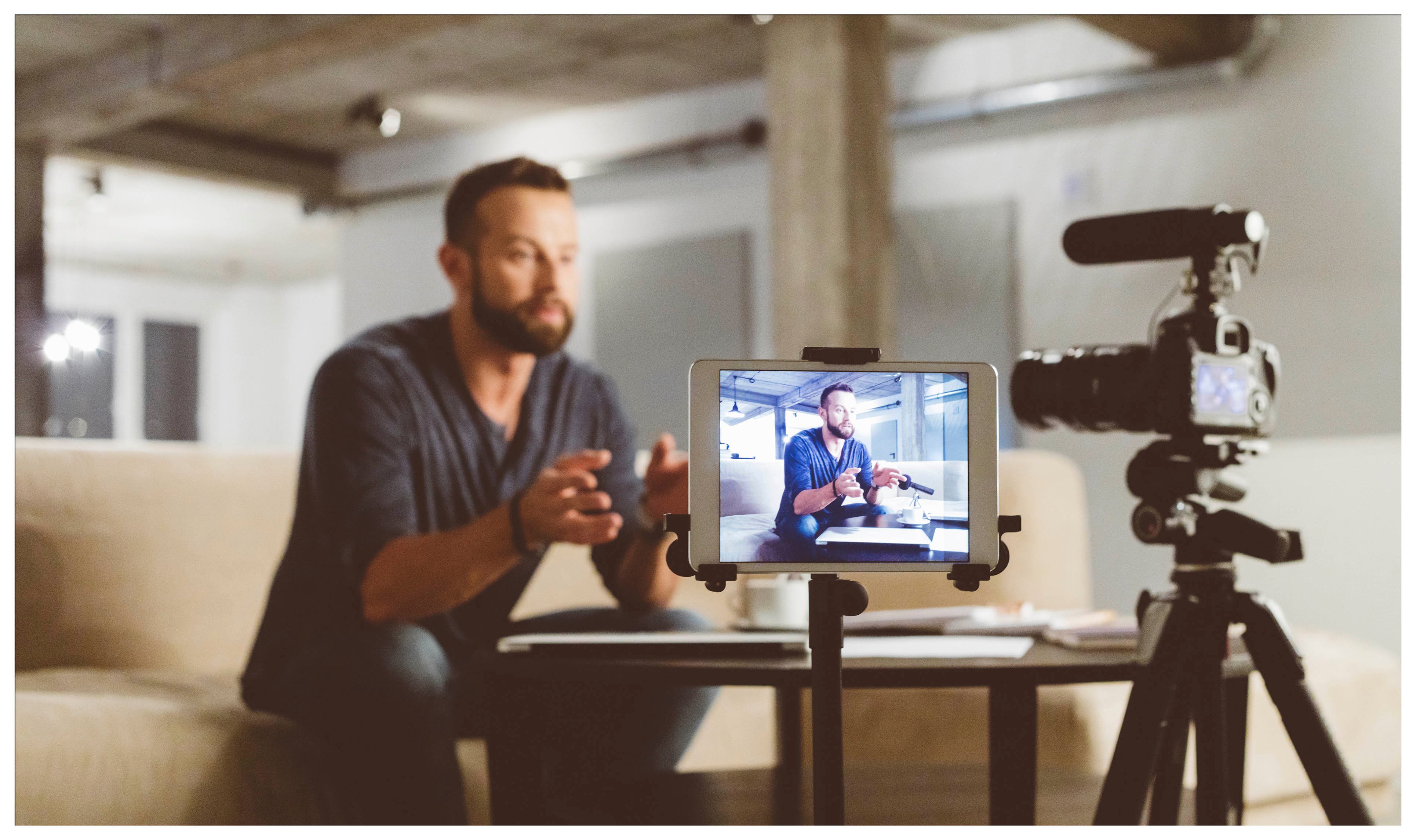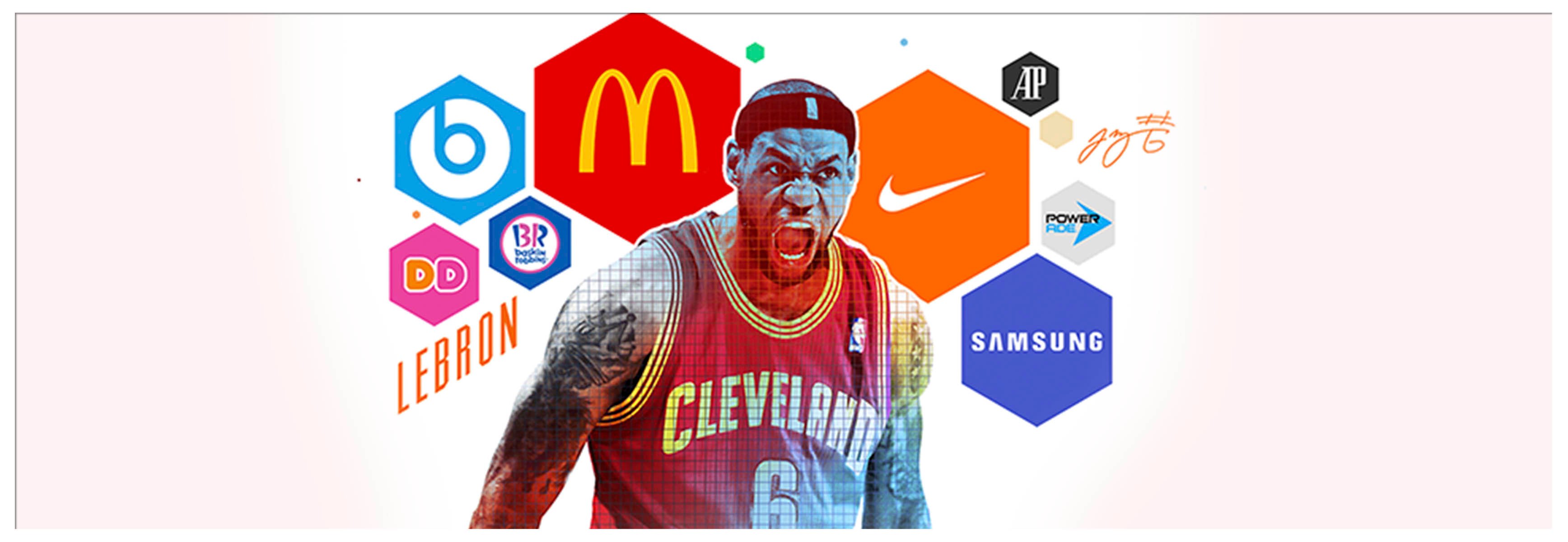
While it’s still unsure how Instagram’s latest like policy will change the face of influencer marketing, we think it’s safe the say that the marketing niche certainly won’t be going anywhere. So much so, that by 2020, influencer marketing is projected to be a $10 billion industry. That’s billion. With a “B.” With so much focus (and budget) on influencer marketing, you’d assume that most marketers can track what the ROI of their influencers are. But you know what they say about assumptions.
The truth is that a whopping 76% of marketers say that measuring the ROI of their influencer campaigns is a top challenge. As any marketer knows, tracking ROI is easily one of the most critical parts of the job. People thought your campaign was cute? Catchy? Important? Those aren’t metrics that get talked about in your annual review, mate. But ROI does. And more importantly, ROI tells you how to invest your future dollars for steady, strategic, long-term growth.
So what’s the disconnect? We have a booming marketing niche that no one can seem to measure. Doesn’t sound like grandma’s recipe for success, now does it? That’s why we’re breaking down how to find the right influencer for your company. We want to make it easier to track their individual success and your wins from the collaboration.

How to Find the Social Media Influencer That’s Right for You
First thing’s first—not every influencer is right for you. Think of it as dating. There are lots of wonderful people out there, but not all of them are right for you. Someone could be ultra-successful and look great on paper, but then when you’re sitting across from each other sipping Mai Thais…crickets. Just like your soulmate, your influencer needs to have the same interests, share the same values as your company, and run in the same circles, so to speak.
For example, let’s say you’re a new ski gear company trying to reach a larger audience. You stumble across a social media influencer with millions of followers, a beautiful brand, great engagement… and she lives in Miami. If all of her photos are of sand and sun, it probably won’t make sense for her to endorse your new line of skis, no matter how much powder they shred.

Be Warned: Bigger Isn’t Always Better
While a social media influencer with a high follower count can be super tempting, pause before getting too starry-eyed. While it’s never a bad thing to have a high follower count, there is also a lot of power in employing what is often referred to as “micro-influencers,” and well as “nano-influencers.”
We live in a time where the top success stories in our field are visible 24/7. But that doesn’t mean that we need to go big or go home right out the gate. If you’re product or service relies on the kind of clients that build a real relationship with your company, consider a micro-influencer. Instead of blasting your message to the millions, these micro-influencers speak intimately to a group of, say, 30,000 people.
These influencers are typically tight-knit with their followers, actively engaging and creating a more attainable relationship than a celebrity who is followed by millions. They answer direct messages, respond to comments, repost your responses, maybe even follow back. Their followers trust them as much as their best friend who lives down the road. Given the high-value connection to their audience, their words carry a lot of weight. Capturing a percentage of their people can be an extremely powerful thing.
You should also not discount the nano-influencer. This is an online personality that has a few thousand followers and is seen as an influencer in their small space. For example, let’s say you just launched your new food truck business, The Tipsy Taco. First of all, congratulations, we’re so proud. And while you might have big dreams of turning Tipsy Taco into a franchise one day, and it’s your marketing dream to have Lebron James feature you on his “Taco Tuesday,” the reality is you need sales. Like now.
Seeking out a nano-influencers in your town will be more beneficial to your bank account and the kind of growth you need to see than the world’s most talented taco enthusiast. By employing a food blogger who is a major celebrity in your town, or the local fitness expert to talk about you on his next cheat day, will have a much more immediate and reliable impact on your bottom line. It’s great to dream big, but dreams take cash, plain and simple.
Whether you’re using a celebrity, the micro-influencers, or the most popular Instagrammer in your small town, each of these gives you amplified reach if you have done your homework. If you’ve ensured that their demographics meet yours, that they share the same interests and values, you’ve found your match. And that match gives you access to a chunk of people you were previously lacking, as well as the trusted endorsement of their favorite online influencer.

How to Track Your Influencer’s Results Once You’ve Found Them
You found your influencer marketing soulmate! We’re so happy for you guys. But how do you tell if the relationship is working? We mean working more than, “They really get my product, and I love the way they talk about it to their audience.” That’s cool and all, but are they bringing in the dollar bills? Because if not, something needs to change.
Tracking your overall analytics, simply, is not enough. Are your metrics going up? Awesome! But how do you know if it was your influencer’s campaign? Or which influencer is driving the most success? Or if your growth had nothing to do with your influencers and is from the sale you ran last week? Relax, take a breath, and make way or the UTM.
A UTM, or Urchin Tracking Module, may sound scary, but it’s merely a little piece of code that you’ll tack on to the end of a URL. By creating unique UTMs for difference influencer marketing campaigns, you’re able to track which influencers are working, which of their campaigns were most successful, which sources get you the most traffic (the link in their stories, the one in their blog, etc.), and more.
By adding the UTM, you can track the results of each influencer in Google Analytics and quantify the results of their campaigns. Most importantly, this knowledge allows you to A/B test and stay agile. You can figure out what’s working and what isn’t and forecast better spending for your future marketing budget. Now that’s the stuff that gets talked about in your annual review.
What about you? Do you have a hard time finding the right social media influencers for your business? Or, if you already have them, what’s the hardest part about tracking their success?
If you enjoyed this edition of PRIME Pulse, take a look at some of our other related articles:
- 4 Steps Toward a Better Content Marketing Strategy
- 5 Reasons Your Website is Never Really Done
- 10 Ways to Communicate Empathy and Authority Amidst Crisis
- 4 Reasons Your Messaging is Falling Flat
- The How-To on Facebook Marketing Campaigns



